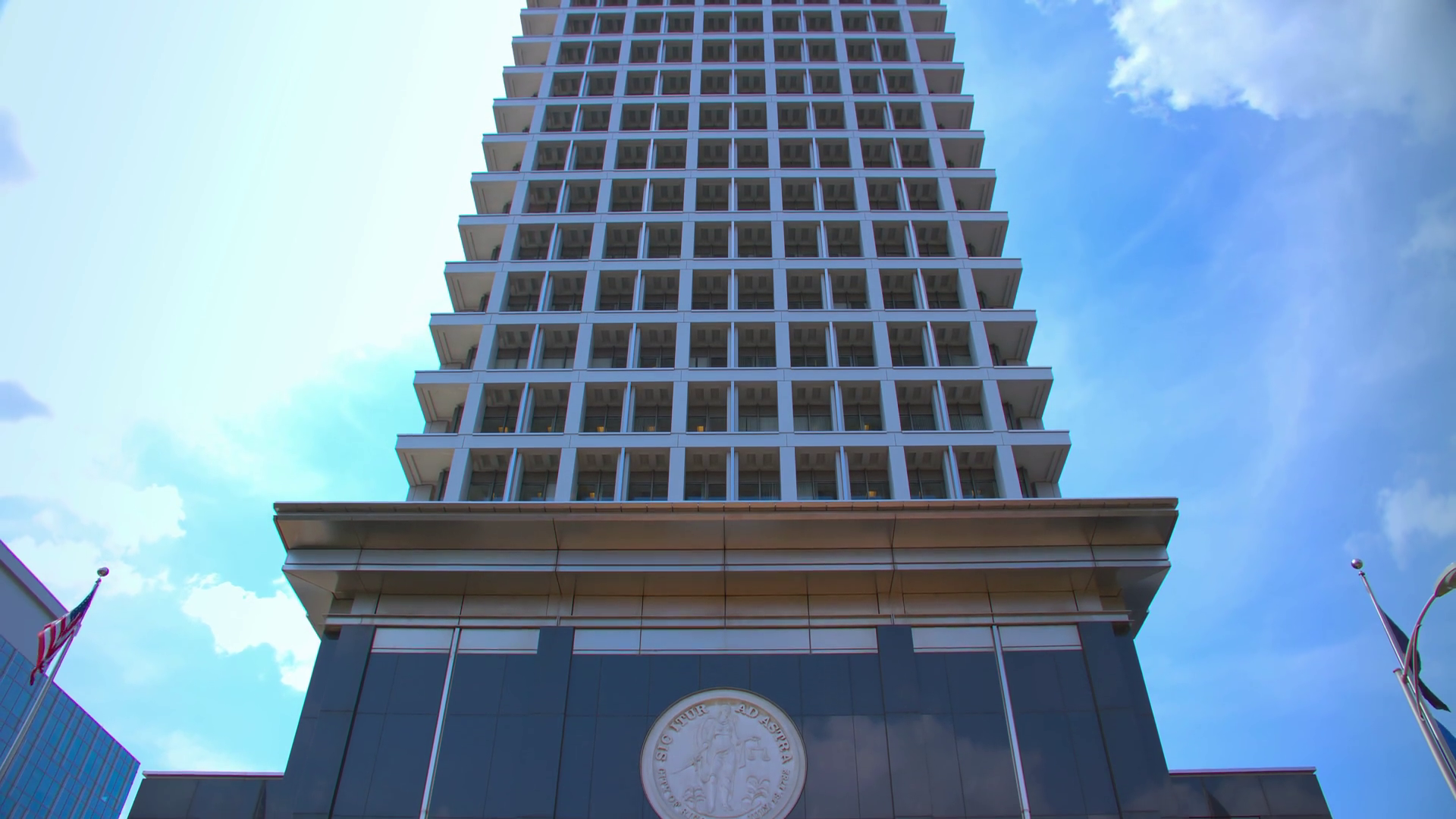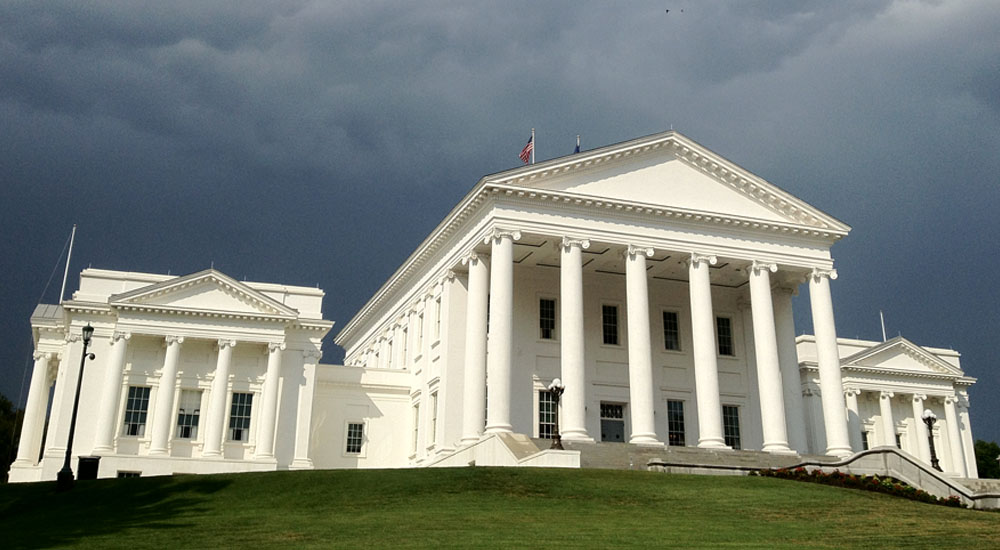On the back of the 35-day partial government shutdown that spanned late 2018 into early 2019, the U.S. economy added just 20,000 jobs in February. The month finished far lower than last year’s job creation average of 196,000 jobs, leading to the lowest point of job growth since September 2017.
Though, the Bureau of Labor Statistics (BLS) reports that despite February’s under-performance, non-farm payroll employment – adjusted up 12,000 after revisions in the December and January jobs reports – has averaged gains of 186,000 over the past three months. The sectors gaining the most were professional and business services, healthcare, and wholesale trade, but job growth declined in construction.
In February, 42,000 jobs were created in the professional and business services sector, 21,000 in healthcare, and 11,000 in wholesale trade.
Construction employment fell by 31,000, partially offsetting a gain of 53,000 in January. Employment in heavy and civil engineering construction decreased by 13,000 in February, but is up by 223,00 over the course of 12 months.
Many sectors – manufacturing, leisure and hospitality, mining, retail trade, transportation and warehousing, information technology, financial services, and government – showed little or no change over the month.
Overall, the unemployment rate fell from 3.9 percent in January to 3.8 percent last month.
Many analysts expected the economy to add approximately 180,000 jobs last month, meaning employment growth in February was a big drop. The underlying strength in the forecast, however, shows that the strength of job growth still remains.
Regardless, after months of stock market volatility, foreign tariffs, and political uncertainty in Washington surrounding the slowing of the stimulus from the $1.5 trillion Tax Cuts and Jobs Act (TCJA), the economy is losing some momentum.
The latest forecast for growth in U.S. gross domestic product (GDP) in the first quarter of 2019 is now predicted to be just just 0.3 percent, according to the Atlanta Federal Reserve’s GDPNow model. The New York Fed’s Nowcast report has GDP growing at a 0.88 percent for the same financial quarter.
With the economy edging down from its boom last year, the nation is also edging towards full employment.
Both the labor force participation rate, at 63.2 percent, and the employment-to-population ratio, at 60.7 percent, were unchanged in February. The number of people involuntarily working part-time for economic reasons declined by 837,000 to 4.3 million in February, following a sharp increase in January that may have resulted from the partial federal government shutdown.
The BLS states that in February, 1.4 million people were considered “marginally attached” to the labor force – meaning individuals were not in the labor force, but wanted and were available for work, and had looked for a job sometime in the last 12 months. Though, the figures were down 178,000 from a year earlier.
“Discouraged workers,” a subgenre of the marginally attached who believe no jobs are available for them, numbered 428,000. Also known as the “U-6 rate,” the amount of potential workers to come into the economy if the right job openings present themselves, fell from 8.1 percent to 7.3 percent in February, the lowest level in around 18 years.
The unemployment rate for Americans with less than a high school diploma fell from 5.7 percent to 5.3 percent, down from 5.6 percent a year earlier. The jobless rate for those with high school and college degrees are 3.8 percent and 2.2 percent, respectively, but have remained flat in recent months.
With race demographics, unemployment for Hispanics plunged from 4.9 percent to 4.3 percent, the lowest on record since figures were reported in 1973. Unemployment rate for Caucasians hit its lowest point since 1969 at 3.3 percent. African-American unemployment, however, rose from 6.8 percent to 7 percent, up from its most-recent low of 6 percent in November.
Moreover, teenage unemployment rate also increased, from 12.9 percent to 13.4 percent, but is down from 14.4 percent in February 2018.
From January 2018 to January 2019, the Consumer Price Index for All Urban Consumers (CPI-U), on a seasonally-adjusted basis, increased by 1.5 percent. The Confidence Board reports that the Consumer Confidence Index (CCI) increased in February, following a decline in January – now standing at 131.4, up from 121.7 last month. The Present Situation Index, which is built upon consumers’ assessment of current business and labor market conditions, improved from 170.2 to 173.5 in February. As well, the Expectations Index, based on consumers’ short-term outlook for income, business, and labor market conditions, increased from 89.4 in January to 103.4 last month.
There is also good news regarding wage increases with the federal agency’s economic report. Average hourly earnings rose by 11 cents in February to $27.66, growing by 3.4 percent over the past 12 months – the largest year-over-year percentage gain since 2009 amongst the throes of the Great Recession.
Yet, wage gains are not occurring across the board.
Wage gains are concentrated in a few in-demand professions, mainly in the information technology and financial services sectors. Considering gains are in just a few areas, the Federal Reserve is likely to hold off on further interest rate hikes, following four increases in 2018.
As the U.S. draws closer towards full employment, the best economic metric to look for in the coming months will be rising wages throughout most employment sectors.






